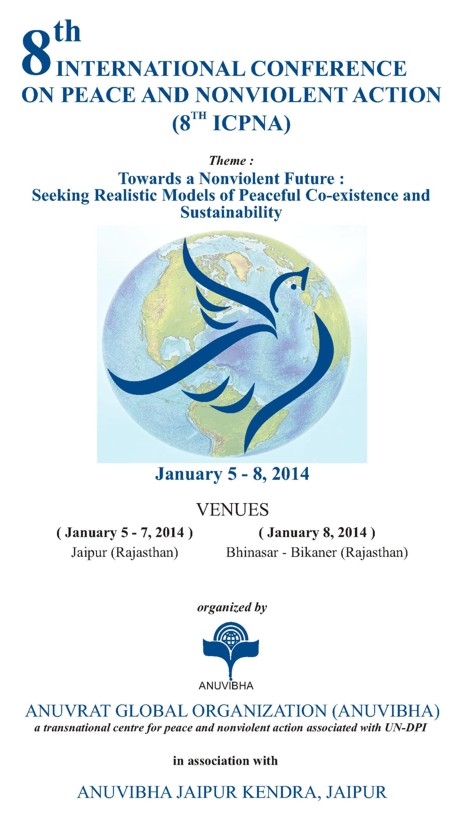 | 8th International Conference on Peace and Nonviolent Action |
Tohoku Earthquake and Spirit of Nonviolence
The magnitude 9.0 earthquake that struck north-eastern Japan on 11 March 2011, was the fifth largest earthquake ever recorded.
Japan, a country which is witness to frequent earthquakes, the magnitude of this earthquake was unprecedented. 16,100 precious lives were lost and 3,000 were reported missing.
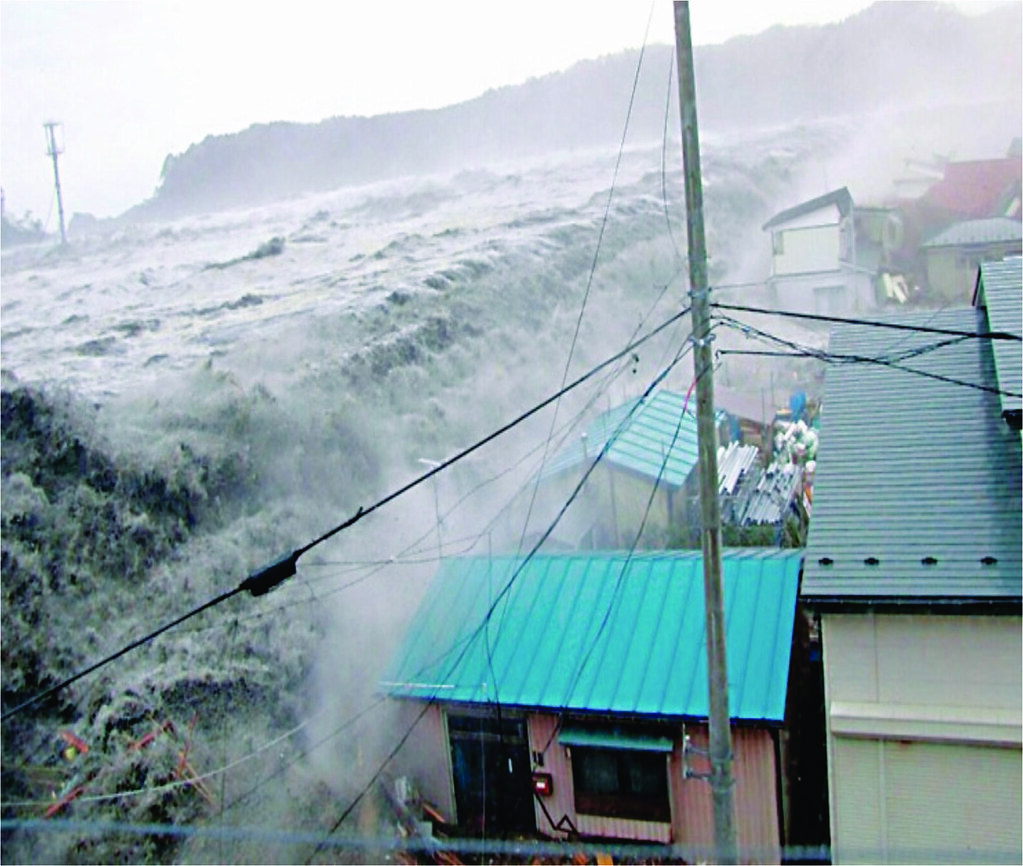
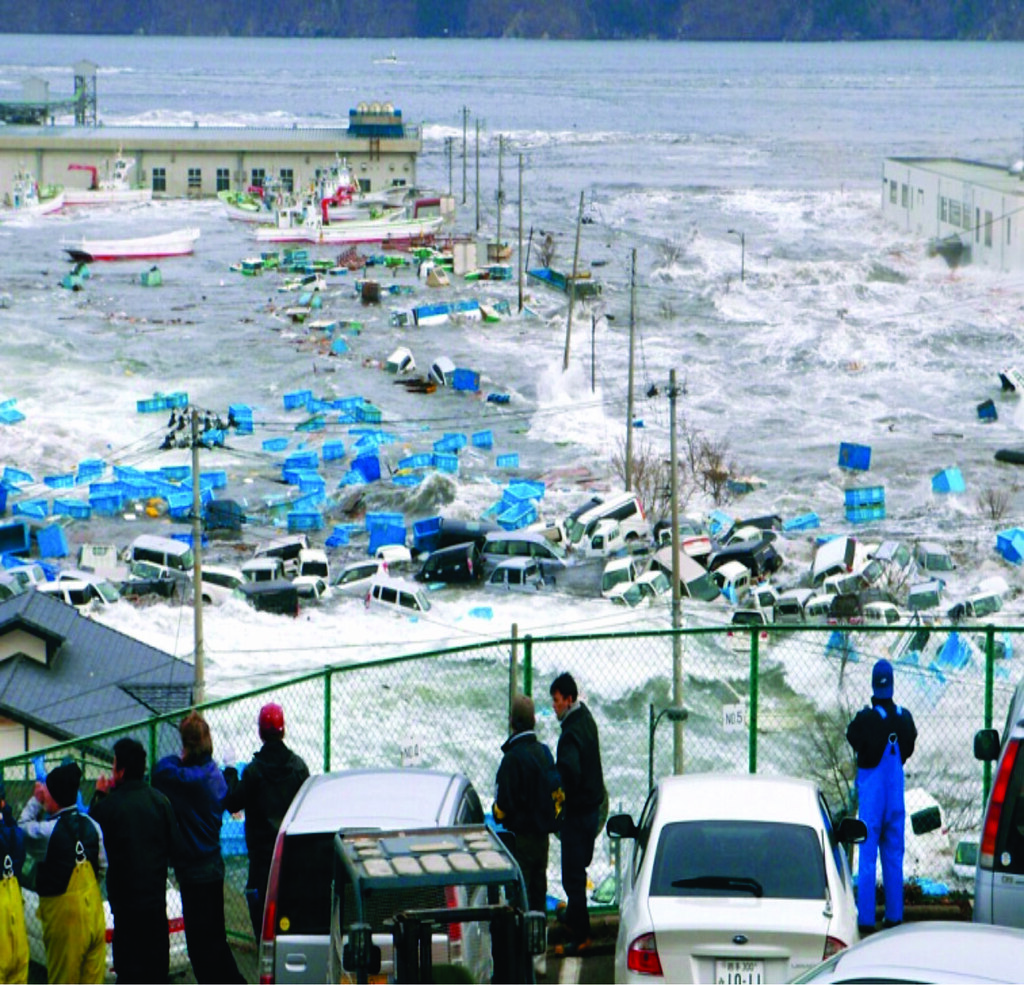
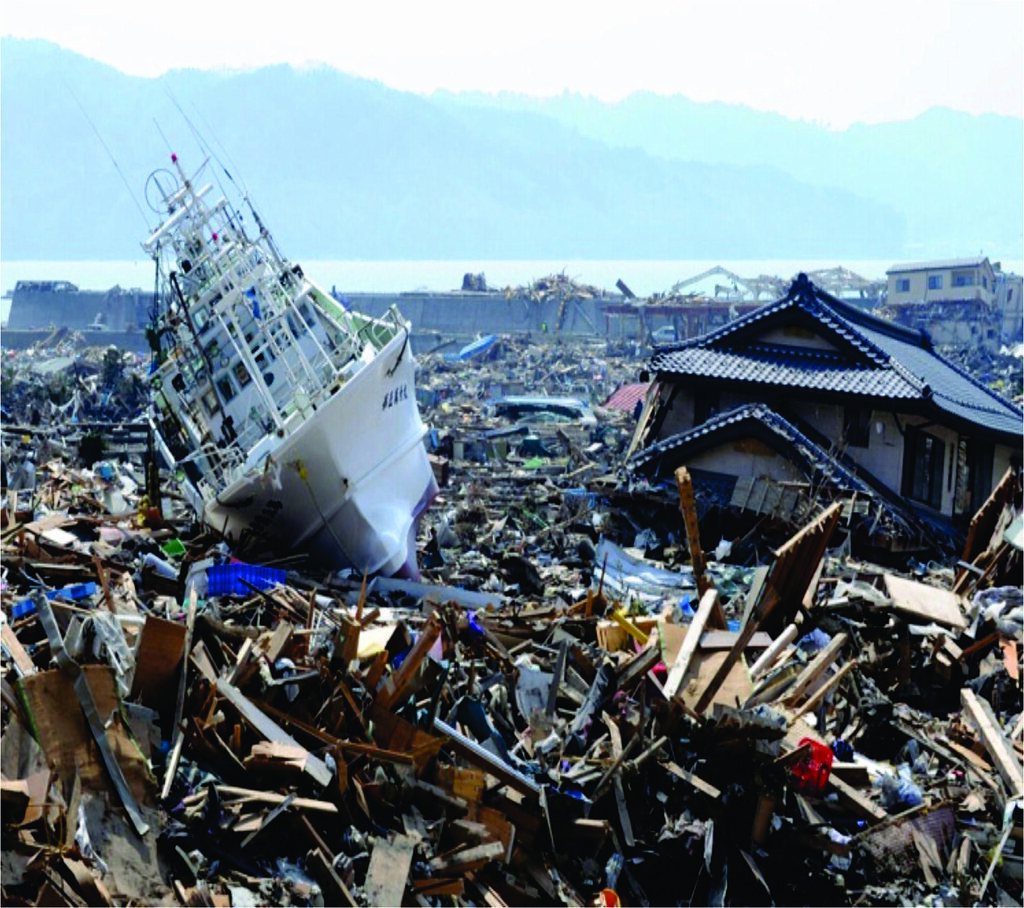
Since, then 2 years have passed, and the people of Fukushima and North Eastern Region are still struggling in their lives. When people face an unexpected turmoil in their life, how are they to deal with the resulting problems? There are two ways in dealing the problems. One is the violent way of solving the problem. Actually this will create a bigger problem. The other way is a non-violent way of solving the problem.
What the media of the world stood up for and noticed, and perhaps not so much by Japanese people themselves, was the fact that there were no riots, no incidents of ransacking of stores and property. People were disciplined even in this extreme difficulty; people queued up in front of shops for long hours -- waiting for the shops to open. Even if there was any restriction in the number of items which they could buy, they would follow this behavior exactly. Why did they behave in such a manner? It was quite an unusual scene, which we do not see in the world news at the time of such disaster and calamity. There was no violence. No violence to solve their inconvenience. There was no conflict.
In the rural and agro-fishery community of Northern Japan, people treasure the spirit of ‘Caring for others’. Caring for others is the primary principle if they have to live in the community. When there was a volcanic eruption in the Ogasawara islands of Japan, many old people living in these islands refused to leave their land which was home to their ancestors during the evacuation operation. However, they agreed to leave only when members of the rescue team told them that they would cause trouble to other people of the village if they would not go. Causing trouble to others is something which is avoided by all means by the villagers.
The spirit of Nonviolence coexists with various values of life such as feeling to care for others, not to cause trouble to others, and many traditional values which people treasure from generation to generation. Rather the spirit of nonviolence shines together with these values.
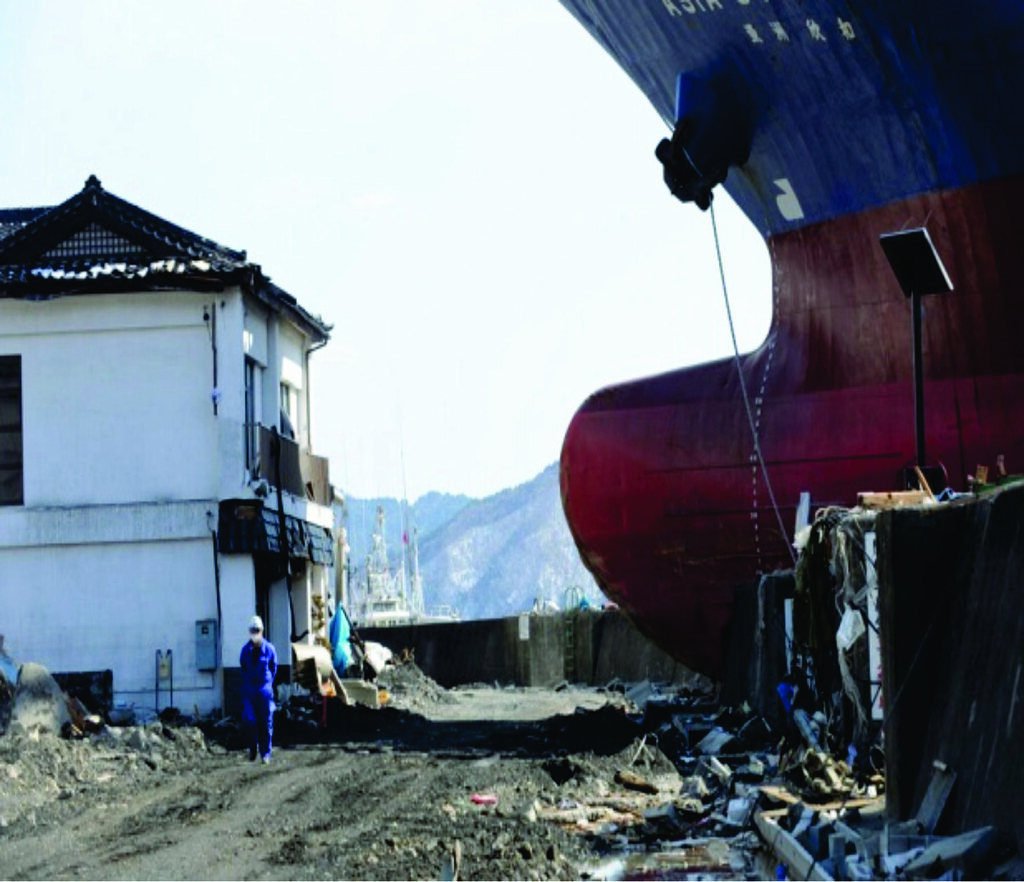
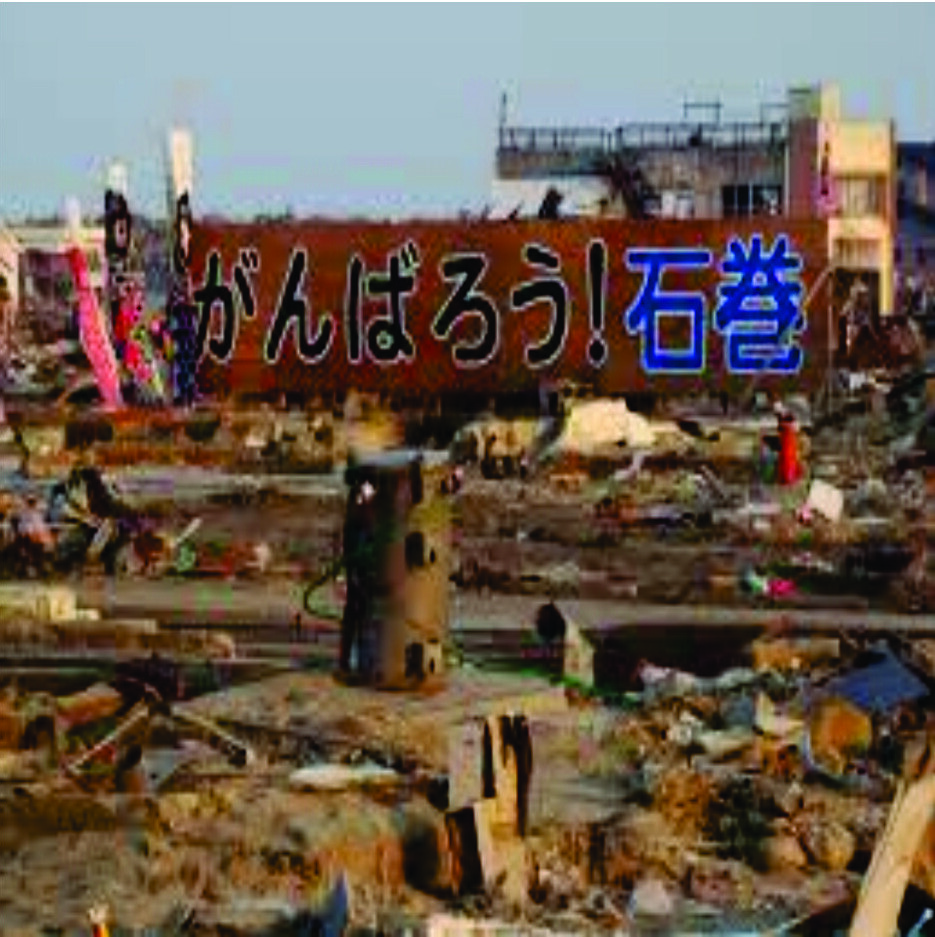
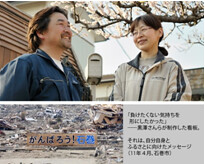 There was a youth, Mr Kurosawa, who was running a shop of piping and plumbing in the local community of Ishinomaki City, Miyagi Prefecture. He lost everything at the time of March 2011 tsunami - his house, his shop and his family. A few days after the earthquake, he began a search at the site where his house had once stood. Clearing the debris, he finally found his tools. But he was totally at loss as to what to do. One day, he received an encouraging message from his mentor in life, a message to ‘Never be defeated’ and to ‘Always have hope.’ By procuring boards he erected a huge standing sign board and wrote in big size letters - “Be Strong! Ishinomaki”. Many people came and stood for long in front of the board with tears in their eyes, and finally said, “Yes I will do my best” and left the site with a sense of fresh determination. Many people got revitalized and derived the courage to live on. The spirit of non-violence is not a self-seeking attitude of keeping non-violence to one’s own self. The spirit of nonviolence is to encourage others to be non-violent as well. It is an expression of a courageous mind. Non-violence is the road of self-transformation which can be called a Human Revolution.
There was a youth, Mr Kurosawa, who was running a shop of piping and plumbing in the local community of Ishinomaki City, Miyagi Prefecture. He lost everything at the time of March 2011 tsunami - his house, his shop and his family. A few days after the earthquake, he began a search at the site where his house had once stood. Clearing the debris, he finally found his tools. But he was totally at loss as to what to do. One day, he received an encouraging message from his mentor in life, a message to ‘Never be defeated’ and to ‘Always have hope.’ By procuring boards he erected a huge standing sign board and wrote in big size letters - “Be Strong! Ishinomaki”. Many people came and stood for long in front of the board with tears in their eyes, and finally said, “Yes I will do my best” and left the site with a sense of fresh determination. Many people got revitalized and derived the courage to live on. The spirit of non-violence is not a self-seeking attitude of keeping non-violence to one’s own self. The spirit of nonviolence is to encourage others to be non-violent as well. It is an expression of a courageous mind. Non-violence is the road of self-transformation which can be called a Human Revolution.
 Mrs Nakano is a nursing care specialist for elderly people. She professionally works to put together care plans, tailored specifically to the needs of each individual. She was living in an area which is within the four kilometers radius of Fukushima Daiichi nuclear plant which faced meltdown due to the earthquake and the tsunami. She and her husband had to evacuate their house and become refugees. They moved from one evacuation centre to next and finally settled in Iwaki City, Fukushima prefecture. She temporary lived in a makeshift arrangement of a house. What made her to worry was the safety and wellness of old age patients whom she was looking after. Those old age people were also dislocated due to evacuation. The only thing she could do was to pray for their safety.
Mrs Nakano is a nursing care specialist for elderly people. She professionally works to put together care plans, tailored specifically to the needs of each individual. She was living in an area which is within the four kilometers radius of Fukushima Daiichi nuclear plant which faced meltdown due to the earthquake and the tsunami. She and her husband had to evacuate their house and become refugees. They moved from one evacuation centre to next and finally settled in Iwaki City, Fukushima prefecture. She temporary lived in a makeshift arrangement of a house. What made her to worry was the safety and wellness of old age patients whom she was looking after. Those old age people were also dislocated due to evacuation. The only thing she could do was to pray for their safety.
It was almost one month later when she was finally settled in a place of living. It was a small temporary house. The stress of starting a new life in an unfamiliar place, as well as having to live in cramped, temporary housing weighed heavily on care receivers and care givers alike and was difficult to handle.
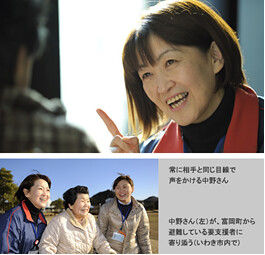 Some of the elderly people who needed care and assistance expressed their sentiments saying, “You are going to throw me out. I am not needed. I cannot trust anybody.” Or “I am so lonely because there is no one whom I know.”
Some of the elderly people who needed care and assistance expressed their sentiments saying, “You are going to throw me out. I am not needed. I cannot trust anybody.” Or “I am so lonely because there is no one whom I know.”
These words would pain her heart so much. She says: “I too wanted to go back to my own house when I did not have anyone to whom I could open up my heart.” It was a friend who encouraged her, saying “You can do it. Surely you will overcome all these obstacles.”
She said “I will continue to convey to my patients that you are not alone. I will continue till I can communicate to their heart. I will seriously pray and continue to visit them two times, three times more than before.” She decided to listen more, in stead of just talk to them. She tried to share jokes with them so that they could smile. Gradually they began to open up and confide in her. She felt that she can could see some ray of hope.
She says “When I encourage some refugees of Fukushima Daiichi, I feel that I had some reason to come here.” She says that it is not easy to deal with reality, however when she thinks that it is her mission to overcome problems together by encouraging those undergoing similar hardships, she feels a sense of satisfaction and fulfillment.
We will tap an inner potential hidden within own life by living for the sake of other people. The spirit of nonviolence is to share our shining life with others.
We have so many examples to share, the following example is what happened in a school after the earthquake.
There is a Osuga Primary School in Ishinomaki city, the closest place to the epicenter of Tohoku Earthquake. This school stands 40 meters high in a small hill in the peninsula. Because of its height, the building was not hit by the tsunami. The school buildings became the rescue center immediately after the earthquake.
The school principal and local counselor of the village together set up a committee of disaster management. School children and teachers became volunteers to help those who had lost their houses and were injured. The school principal addressed the volunteers in the form of a request, saying:
- One should always think, speak and take action from the point of view of those who are in difficulties.
- One should always judge the situation objectively.
- One should be careful in their expression to others.
- One should seek permission before taking an action.
- One should always reconfirm the plan of action before start.
- One should speak slowly, calmly and clearly.
School authority and local community leaders felt it was a very good opportunity to educate children. Especially the joint work between school teachers and the local community was the key to the successful operation.
Conclusion
We are living in the world mostly peaceful, except for certain disturbed areas in the world. When we became so used with normalcy, we tended to be so casual to the importance of peace and forget the spirit of nonviolence. When human beings are driven into the corner with extreme difficulties, one’s values of life which were accumulated and learned in past will appear on the surface. Either you try to resolve the situation in a non-violent way or use violence. This principle will apply in the family, society or even in the international disputes. In any circumstances, we need to have courage to use non-violent means, and care for others. For any problem, we need to have a determination to use non-violence as a means of solution and mission to spread nonviolence.
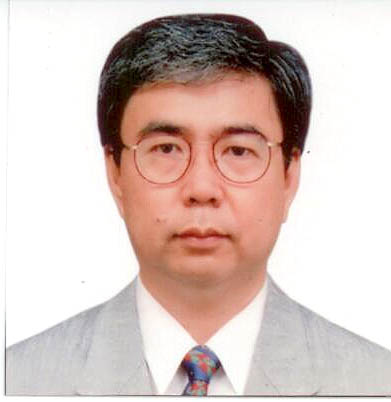 Dr. Akash Ouchi
Dr. Akash Ouchi